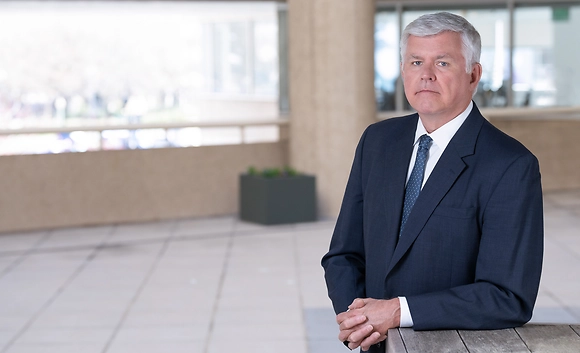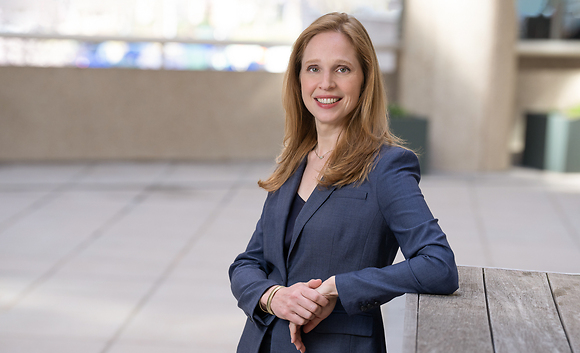Supreme Court Overturns Roe v. Wade: What Does it Mean for Nonprofits?
On June 24, 2022, in Dobbs v. Jackson Women’s Health Organization,[1] the Supreme Court ruled that there is no constitutional right to abortion, overturning Roe v. Wade[2] and Planned Parenthood of Southeastern Pa. v. Casey,[3] and returning the “authority to regulate abortion … to the people and their elected representatives.”[4] With this profound shift in the legal landscape, many nonprofits will be grappling with what the decision means for them, their missions, and their stakeholders.
Dobbs presents obvious and immediate challenges for organizations supporting access to abortion, but the constitutional reach of the decision may well be more far-reaching. While Justice Alito, writing for the majority, stated that Dobbs does not “cast doubt on precedents that do not concern abortion,”[5] both Justice Thomas’ concurrence and the dissenting opinion plainly laid out other settled law—including the rights to obtain contraceptives, to engage in private consensual sexual acts and to enter into an inter-racial marriage or same-sex marriage—that is now in jeopardy. Thus, nonprofits in the reproductive health space, as well as those working on LGBTQIA+ issues and other areas protected under the Court’s substantive due process precedents, should be prepared to navigate a patchwork of conflicting laws across jurisdictions.
For some nonprofits, Dobbs strikes at the core of their mission, and, in our experience, they have been planning for this moment for some time. But they will not be the only nonprofits affected and they are not the only nonprofits that should be thinking strategically about identifying and mitigating risks to their organizations in light of the Court’s decision and the changes that may flow from it. Here are just a few of the questions to consider: Does Dobbs directly impact the organization’s mission, and what can it do to adapt? As the Court has moved the issue from the judiciary to the federal and state legislatures, are the organization’s advocacy teams prepared to comply with lobbying and ballot measure regulations? What is the role of the board of directors at this moment, and how can it help management adapt to an evolving situation? Does the organization have good internal compliance procedures in place to help it address potential inquiries or investigations from political actors? What options does the organization have with respect to the health insurance and related benefits it offers its employees?
The social and political consequences of Dobbs will continue to unfold as elections approach. Charities have always had to be careful to avoid partisanship during even typical election campaign seasons. The fallout from Dobbs will likely make that job much harder. With so much at stake, this cycle will be anything but typical. We expect that many organizations will need to carefully consider what activities and messaging are permitted within the law and how best to structure them. A charity might conclude, for example, that a 501(c)(4) affiliate might more appropriately take positions on issues that have become politicized in the current environment.
We stand by to assist nonprofit organizations as they work through the issues presented by this new legal landscape. For more information regarding this Alert, please contact members of Caplin & Drysdale’s Exempt Organizations group.





